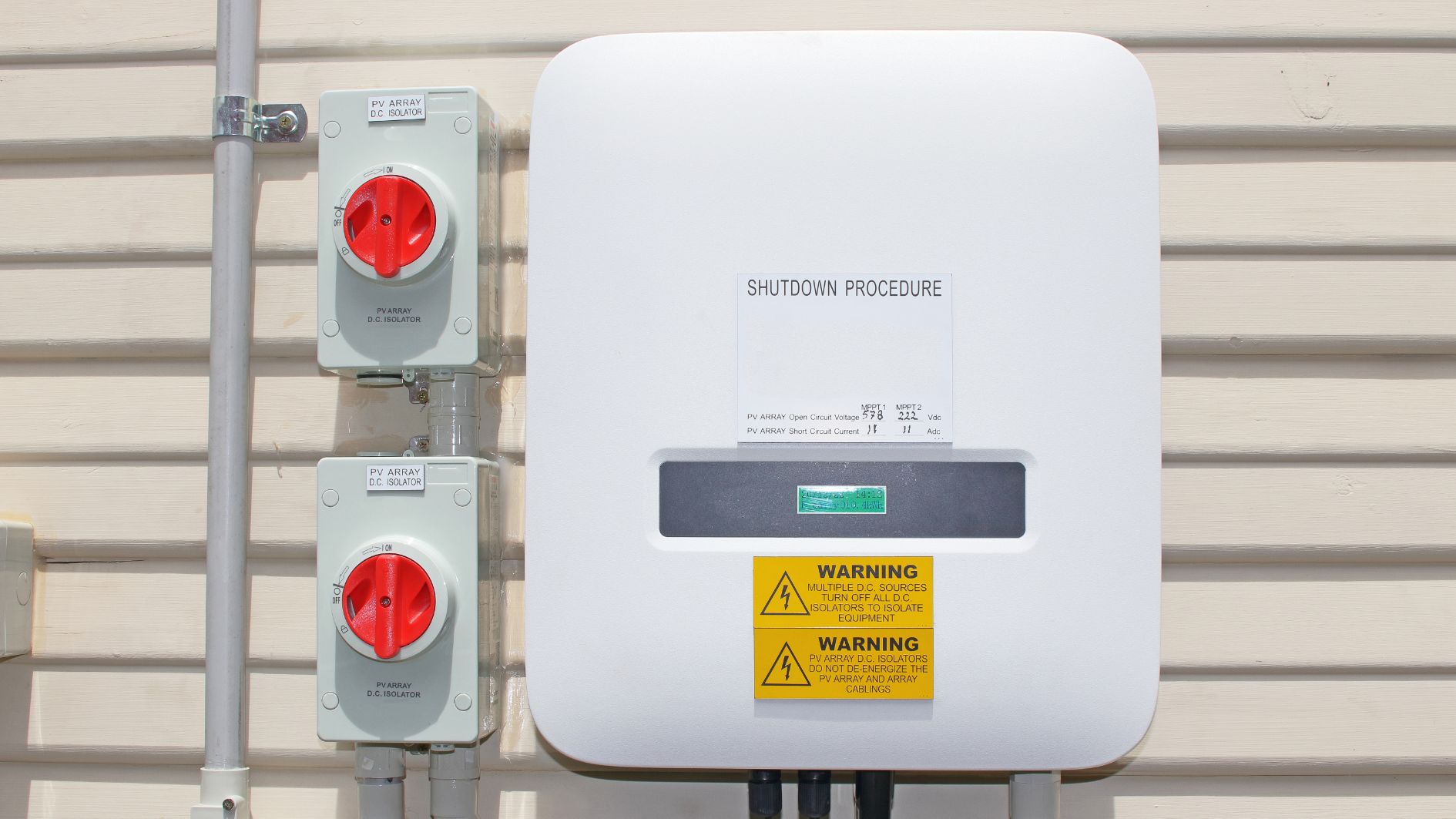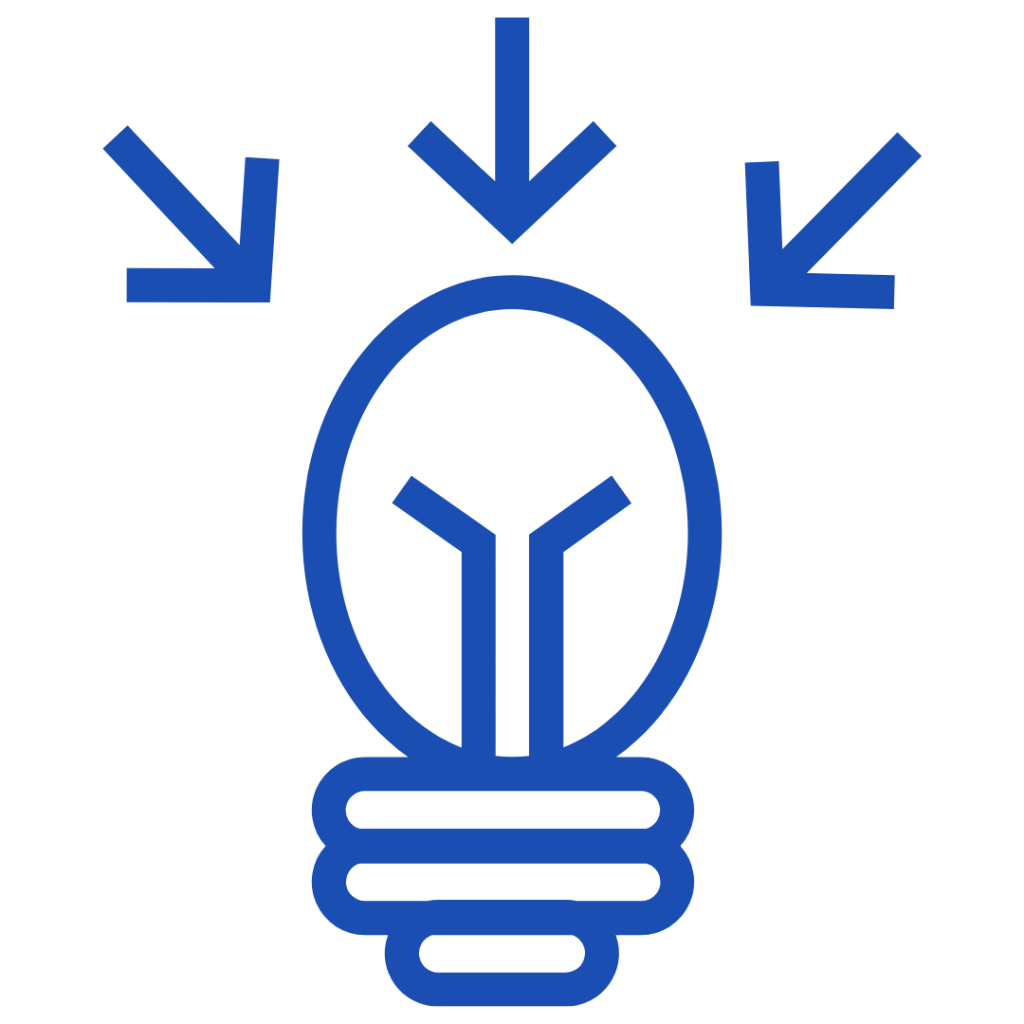Image source: Canva.com
String inverters play a crucial role in converting direct current (DC) electricity generated by solar panels into alternating current (AC) electricity, which powers homes and businesses. This article explores what string inverters are, how they work, and their advantages and disadvantages in solar energy systems.
What Is a String Inverter?
A string inverter is a type of solar inverter used in photovoltaic (PV) systems to convert DC electricity from a series of solar panels into usable AC electricity. The term “string” refers to the way solar panels are connected in series, forming a string. Each string feeds DC power into the string inverter, which then converts it to AC power suitable for household or commercial use.

Top Factors to Consider When Deciding on Microinverters or String Inverters
How Do String Inverters Work?
When sunlight hits solar panels, they produce DC electricity. In a string inverter setup, several solar panels are connected in series to form strings. The combined DC output from these strings is sent to the string inverter. The inverter then converts the DC electricity to AC electricity, matching the voltage and frequency required by the electrical grid or the building’s power needs.
Advantages of String Inverters
Pros

- Cost-Effectiveness: String inverters are generally more affordable than other types, such as microinverters or power optimizers. This makes them an attractive option for residential and commercial solar installations, where cost considerations play a significant role.
- Simple Design: The system design of string inverters is relatively straightforward. Panels are connected in series and feed into a central inverter, reducing installation complexity and maintenance requirements.
- Proven Technology: String inverters have been used in the solar industry for decades, making them a reliable and well-understood technology. This long-standing track record assures users of their reliability and durability.
- Scalability for Large Installations: String inverters are ideal for large-scale installations, such as commercial or utility-scale solar projects. They can handle high power capacities and are easily scalable to accommodate additional panels or larger systems.
Disadvantages of String Inverters
- Impact of Shading: One of the major downsides of string inverters is their sensitivity to shading. If even one panel in a string is shaded or dirty, it can significantly reduce the overall performance of the entire string. This is because the inverter optimizes power output based on the weakest panel in the series.
- Single Point of Failure: In a string inverter system, all the power generated by the panels passes through one central inverter. If the string inverter fails, the entire solar system stops generating power until the inverter is repaired or replaced.
- Limited Monitoring: Unlike microinverters, which monitor each panel individually, string inverters typically offer monitoring at the system or string level. This can make it harder to pinpoint and diagnose issues with individual panels.
Cons

When to Choose String Inverters
String inverters are ideal for installations where shading is not a significant concern, and the panels receive consistent sunlight throughout the day. They are well-suited for open rooftop spaces, ground-mounted installations, and areas with minimal shading obstacles like trees or nearby buildings. Additionally, they offer a cost-effective solution for homeowners and businesses looking to invest in solar power without incurring higher costs associated with microinverters or power optimizers.

String inverters are a popular choice for many solar installations due to their cost-effectiveness, reliability, and simplicity. While they may not be the best option for every scenario – especially in areas with partial shading – they remain a solid choice for straightforward installations with consistent sun exposure. Understanding the advantages and limitations of string inverters is key to designing an efficient solar system that meets your energy needs.





